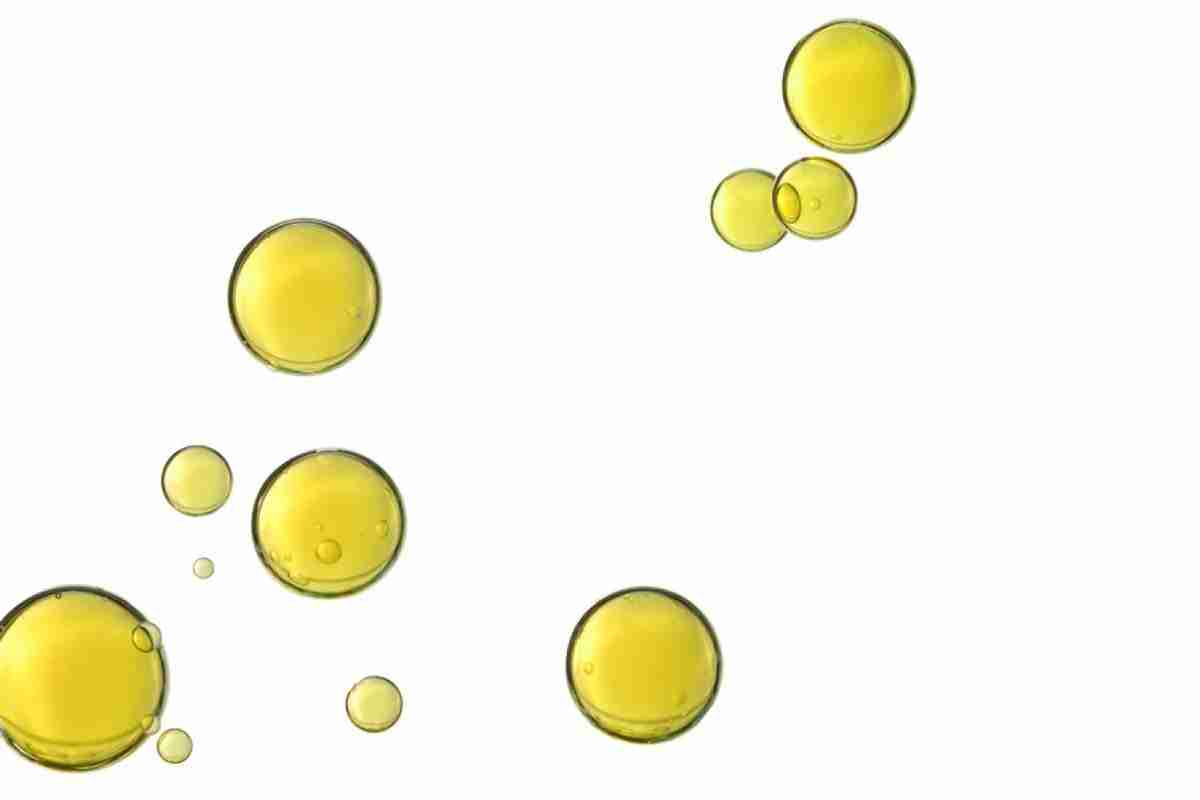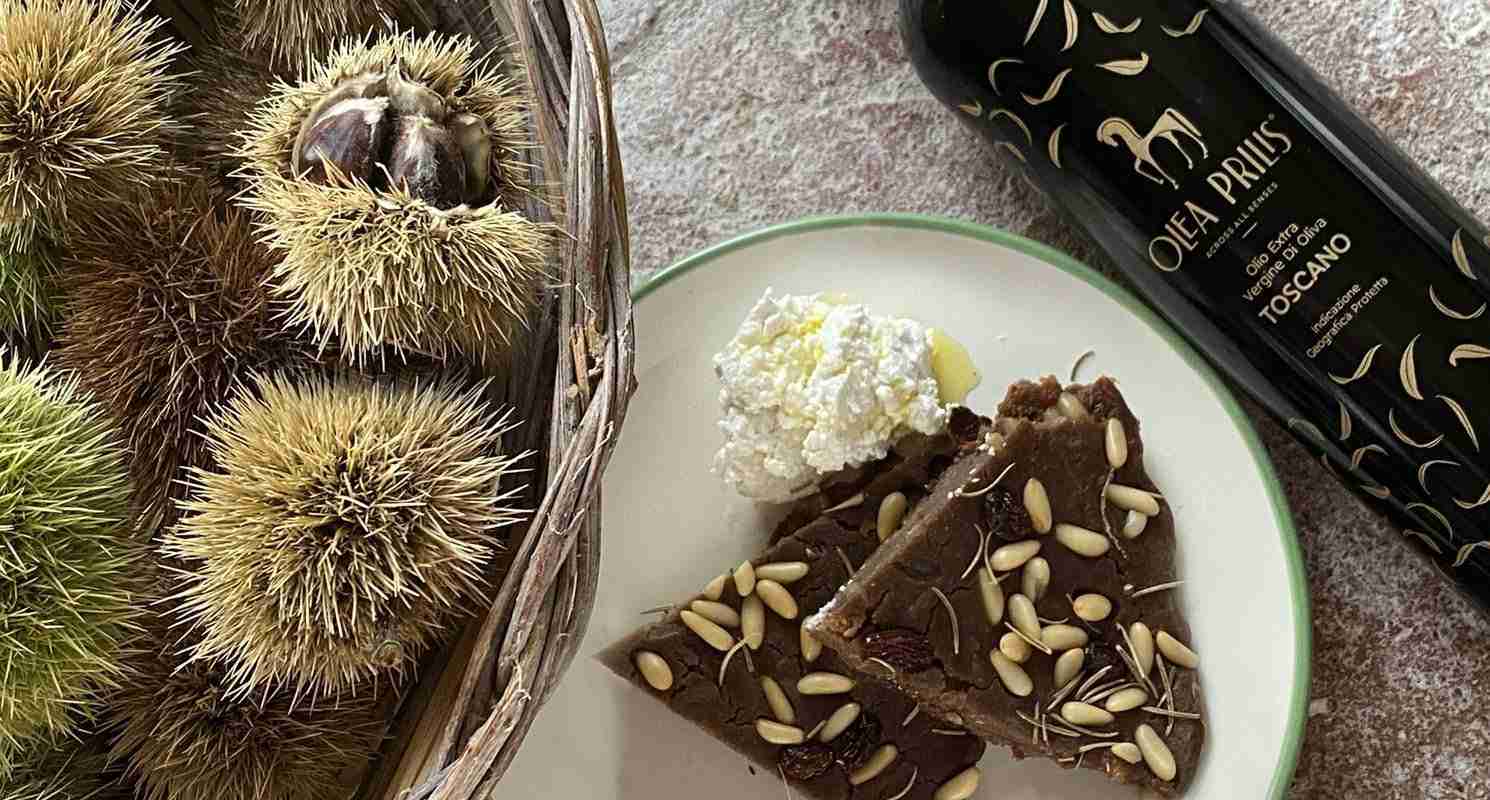Buying Guide
of Extra Virgin Olive Oil
Not all Olive oils are made equal.
Olive oil is the star ingredient of Mediterranean DIET. This liquid gold is a gourmet product that is not only ideal for preparing your dishes, but it also provides you with multiple health benefit, as long as you choose a high quality olive oil.
Do you want to find out what makes an olive oil a high quality EVOO?
Care and meticulousness
Knowing the art of producing Extra Virgin Olive Oil inevitably opens your eyes to the many steps required to obtain a high quality product. At the same time it reveals the reasons why the olive oil industry puts low value olive oil on the market. This is because olive oil production involves taking extreme care, and being more meticulous than you would think, even when compared to many other food productions. In fact, a discerning consumer will recognise the scrupulous choices that the olive oil producer makes in order to guarantee that, when you use the olive oil, its pertinent characteristics are present and remain intact for as long as possible.
Choose the dark glass bottle
One of those choices is undoubtedly the dark glass bottle. A wise option – usually adopted by quality producers – to prevent light from altering the precious organoleptic properties.
It’s a known fact that the two main enemies of olive oil are:
1) Light
2) Heat
Obviously, if an olive oil is mediocre from the beginning, it won’t miraculously become better by putting it in a dark glass bottle. With that said, for you the consumer, a dark glass bottle is a clear indicator of the producer’s attention and at the same time, it’s an assurance that the olive oil inside the bottle has been stored in the best possible way.

Read the label
You can obtain most of the information about the olive oil’s value by reading the label.
So that you are sure that you are buying the current year’s production, you will need to look for the harvesting year: this, in itself, guarantees that the olive oil in the bottle is not the result of mixed olive oils collected from various years.
Olive oils that have a controlled denomination of origin (DOP and IGP certification) ensure this because it’s mandatory for these olive oils to have the production year clearly indicated on the label.

The oil also has a shelf life
As for the extra virgin olive oil’s shelf life, the governing legislation states that the expiry date indicated on the label must be 18 months from bottling, but in reality,
A good rule of thumb, is to consume the olive oil within 18 months from milling and not from bottling, which can take place much later.
That’s why it’s important to choose olive oils that also indicate the year the olives were picked, because this information tells us the milling period, which is the most decisive element of shelf life evaluation.
In fact, current regulations favour the commerce of out dated olive oil despite numerous studies showing that with time, the olive oil’s nutritional characteristics change.
Pay attention to the “unfiltered”
Another thing to pay attention to, is the word “unfiltered”. Even though, generally, it’s meant as a positive aspect, in reality, the residue of pits, pulp and vegetation water that remain in the unfiltered olive oil, affects its purity. Over time, the permanence of this residual will form a sediment capable of causing fermentations that alter the olive oil’s aromas and all of its best properties. Filtering the olive oil, on the other hand, keeps them intact as if the olive oil had just been pressed.
In misinterpreting “tradition” some producers, underestimate this chemical process of deterioration of unfiltered olive oil. They even go so far as boasting about it, wrongly thinking that a turbid, raw, “unclean” olive oil is a sign of genuineness.

Better if an artisanal extra virgin olive oil
So, as a discerning consumer, the pivotal thing to focus on, is artisanal extra virgin olive oils. Ones that are produced by olive growers who pay attention and follow the entire process: from caring for their olives, to cold extraction, to filtering and storage. Only through this process can the olive growers guarantee elevated olive oil qualitative parameters such as fragrance and taste – which is a far cry from the more industrialized olive oil producers who amass huge batches of olive oil, often coming from outside of Italy.
Try a simple experiment…
Just for fun, we propose a little experiment – which you can do with the whole family including young children as part of nutritional education – that clearly demonstrates how low the quality of industrial olive oil is.
First, buy some really cheap olive oil from the supermarket and pour an expresso coffee cup amount into a small clear glass. Then, in another small glass, do the same thing but this time use premium quality extra virgin olive oil coming from a trusted artisanal origin.
Now, take the two glasses and leave them in the light of a window for at least one month. At the end of the month, take a look at both of the glasses. You will notice that the artisanal extra virgin olive oil will have changed colour and will have lost its initial fragrance. While the industrial olive oil will have remained exactly the same as when it was poured: the same colour and the same smell.
This happens because most industrial olive oils are inert foods, that have been adjusted with synthetic products and chemically processed to produce a stable formula that changes under the effect of external agents such as air, light and heat.
That’s why, it’s crucial to understand that the cost of a product is directly proportional to its value and even more crucial to avoid the risk of consuming a product that is less healthy than you think.

So if you want to know which one to buy, the easiest way to start is by questioning the main concerns: Where does it come from and who produces it? If your are seeking premium olive oil, then, in addition to it being 100% Italian, you should check the label for the region, for the varieties of olives used and, most of all, check that the olive oil producer’s contact details contain the address and any other relevant information. And not some generic anonymous factory that bottles and packages everything that comes along…
Text by Caterina Mazzocolin








